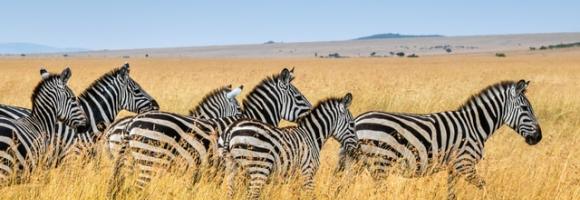
Species Protection Index (SPI) evaluates the species-level ecological representativeness of each country’s protected area network. It is a measure of the extent to which a country’s protected areas are ecologically representative on the species level, calculated as the average proportion of the suitable habitat of a country’s species included in the country’s terrestrial protected areas. The index is built on remote-sensing informed species distribution and the protected areas and it is designated to report progress towards AICHI Target 11. To learn more about the methods for calculating this index:
https://ipbes.net/sites/default/files/Metadata_GEO_BON_Map_of_Life_Spec…
---
Data Uploaded by Simona Lippi using BIOPAMA Services (2022)
how well are protected areas conserving habitat for species?
A score of 100 means that all of a country’s species are sufficiently represented in its formal reserves or other effective area-based conservation measures. In 2020, Burkina Faso and Timor Leste have the highest indicator value at 99,64 and 95,35. To gain a better understanding of how the indicator changed over last four years in each country, click on the National level tab.
See i for more details on the indicator.
how well are protected areas conserving habitat for species?
The index increased over 50% in Haiti and over 10% in Papua New Guinea, Sierra Leone, Cuba and Tanzania in the last decade. A score of 100 means that all of a country’s species are sufficiently represented in
its formal reserves or other effective area-based conservation measures. In 2020, Burkina Faso and Timor Leste have the highest indicator value at 99,64 and 95,35.
To gain a better understanding of how the indicator changed over last four years in each country, click on the National level tab.
See i for more details on definitions.